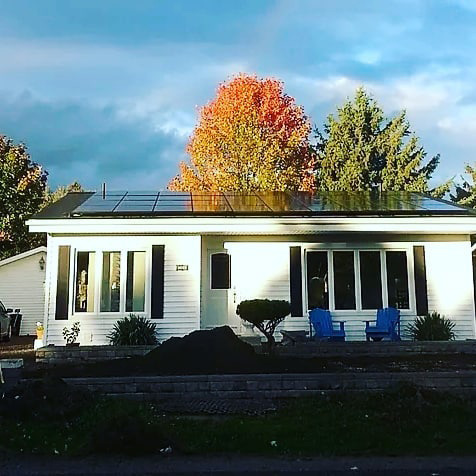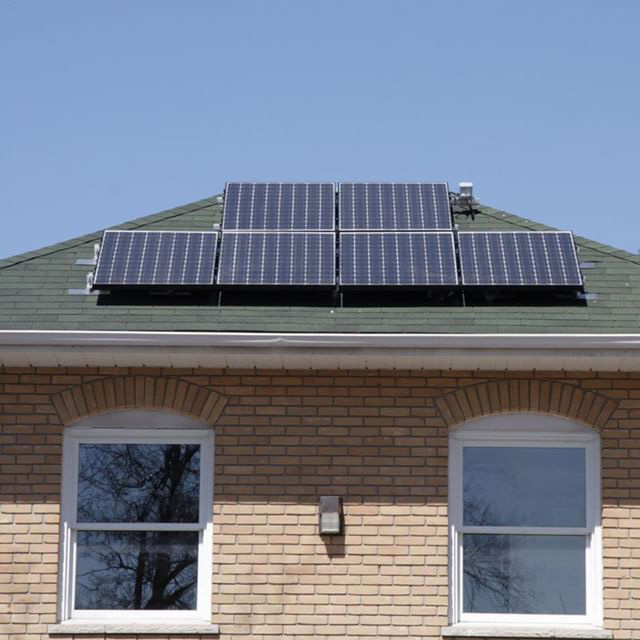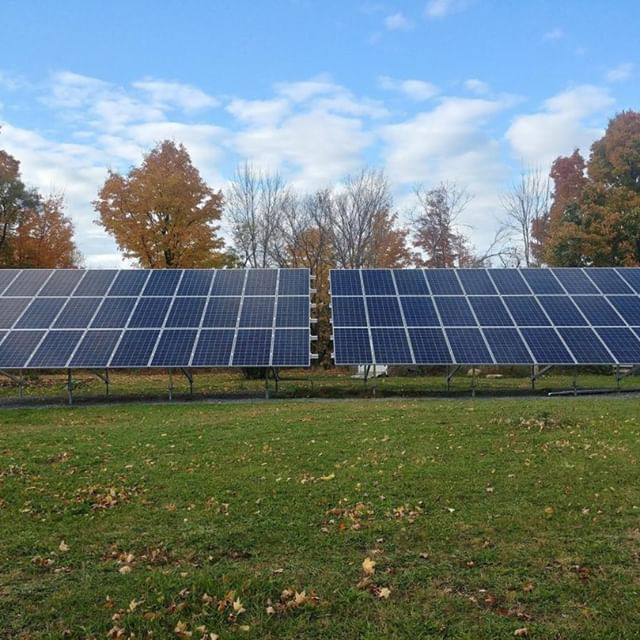Solar Panel Production: Everything You Need To Know
Everything You Need To Know About Solar Panel Production
In an era of escalating environmental concerns and a growing shift towards renewable energy sources, solar panels have emerged as a beacon of hope.
These sleek, unassuming panels have the power to transform sunlight into usable electricity, making them a linchpin in the global quest for sustainable power generation. Yet, not all solar panels are created equal.
The intricacies of the solar panel production process, from their composition to manufacturing methods, vary significantly. This article delves into the heart of solar technology, exploring how solar panels work, what they are made of, the manufacturing process, and why the choice of where to buy them holds paramount importance.

How Do Solar Panels Work?
The fundamental principle underpinning solar panels is the photovoltaic effect. This phenomenon involves the conversion of light energy (photons) into electricity.
Solar panels are made up of numerous solar cells, typically constructed from silicon – a semiconductor material. When photons strike these cells, they energize electrons, creating an electric current. This direct current (DC) is then converted into alternating current (AC) through an inverter, rendering it usable for powering homes, businesses, and more.

What Are Solar Panels Made Of?
Silicon, abundantly found in sand, is the primary material used in solar panel production. There are two main types of silicon used: monocrystalline and polycrystalline. Monocrystalline panels are crafted from a single crystal structure, granting them higher efficiency but also a higher cost. Polycrystalline panels, on the other hand, are composed of multiple crystals, resulting in slightly lower efficiency but a more budget-friendly price point. Other crucial components include metal framing, glass protection, and a backsheet to shield the panel from environmental factors.
How Are Solar Panels Manufactured?
The manufacturing of solar panels is a meticulous process that combines cutting-edge technology with precise craftsmanship. The process includes:
- Silicon Ingot Production: Silicon wafers are created by melting and recrystallizing silicon. These wafers will serve as the foundation of solar cells.
- Solar Cell Creation: The silicon wafers are cut into cells, coated with a layer of phosphorus, and then treated with boron. This creates the necessary electrical imbalance that facilitates the movement of electrons.
- Cell Wiring: The solar cells are interconnected to form a module. Conductive metal ribbons are soldered onto the cells, providing an electric pathway.
- Encapsulation: The solar cells are sandwiched between a layer of tempered glass and a backsheet, forming a module. This encapsulation shields the cells from external factors while maximizing sunlight absorption.
- Quality Checks and Testing: Each module undergoes rigorous quality checks and performance tests to ensure it meets efficiency and safety standards.
- Packaging and Distribution: After passing quality checks, the modules are packaged and ready for distribution to solar installation companies.
Where Are Solar Panels Manufactured in Canada?
In Canada, the production of solar panels is a vibrant industry. Major manufacturers are spread across the country, with significant production facilities in Ontario, Quebec, and Alberta. These manufacturers adhere to stringent quality standards and environmental regulations, ensuring that the panels produced meet the highest benchmarks of efficiency and sustainability. Not only do these Canadian-made panels support the local economy, but they also contribute to reducing the carbon footprint associated with transportation.
The Significance of Where You Buy Your Solar Panels
When it comes to purchasing solar panels, the choice of supplier holds immense importance. Opting for reliable and reputable suppliers like Terawatt Solar ensures that you receive panels manufactured under strict quality control. These suppliers often have partnerships with established manufacturers, guaranteeing that the panels you receive are authentic and efficient. Additionally, purchasing from a trusted source can grant access to warranties, technical support, and installation services, thereby safeguarding your investment.
In conclusion, the journey of a solar panel from raw material to a source of clean energy is a complex and fascinating one. Understanding the intricacies of the production process, the materials involved, and the significance of the purchase location empowers consumers to make informed choices. By embracing solar technology with knowledge and discernment, we take a meaningful step towards a more sustainable and greener future. Call one of our experts here at Terawatt Solar, we would be happy to answer any questions you may have.
